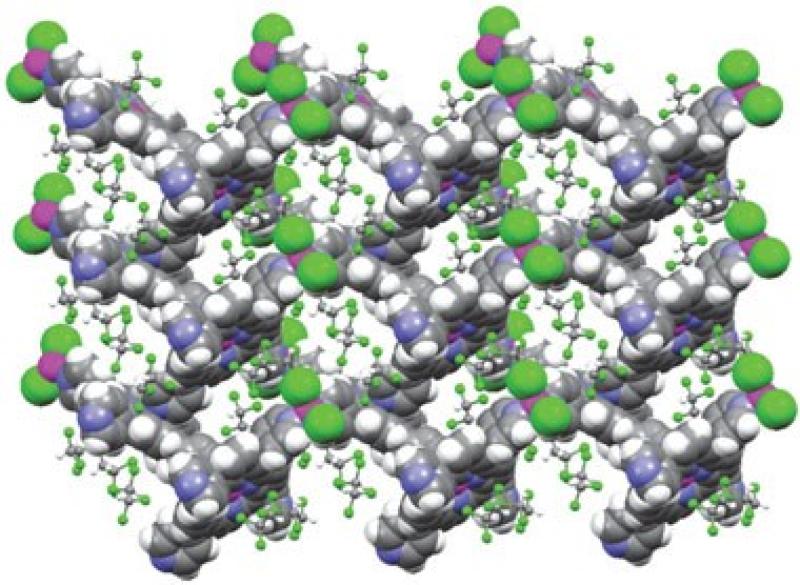All plastics and polymers undergo degradation when exposed to environmental factors like heat, light, and oxygen over time. Polymer stabilizers play a vital role in slowing this degradation process and extending the lifespan of the materials. They protect polymers during manufacturing, processing, transportation, and long-term use. Without stabilizers, most plastics would quickly breakdown and become unusable.
Types of Polymer Degradation
There are several mechanisms by which polymers degrade:
Thermal Degradation
Heat is one of the biggest enemies of plastics as it leads to bond cleavage within polymer chains. The weakening and breaking of bonds causes materials to lose mechanical properties and discolor over time. Polymer Stabilizers prevent thermal oxidation and scission reactions that cause polymers to melt, warp or disintegrate at high temperatures.
Photo-oxidative Degradation
Ultraviolet (UV) radiation, visible light, and sunlight contain high-energy photons that can degrade surface properties and discolor polymers. Photo-oxidative degradation involves the formation of hydroperoxides, ketones, and other oxygenated structures on polymer chains. Stabilizers inhibit these photochemical reactions through absorption of radiation or reactive oxygen quenching.
Oxidative Degradation
Oxygen readily reacts with polymeric materials, rupturing carbon-carbon backbone bonds. Oxidation causes embrittlement, hardening and discoloration of plastics with continued exposure. Antioxidant stabilizers terminate oxidation chain reactions by donating hydrogen atoms. They protect plastics during molding runs, while in storage, and over the lifetime of a product.
Types of Polymer Stabilizers
There are several classes of stabilizers that function through different mechanisms:
Antioxidants
These inhibit oxidation by terminating destructive free radical chain reactions. Common antioxidant stabilizers include hindered phenols, phosphites, thioesters and amines. They protect polymers during processing and long-term outdoor/indoor use.
UV Absorbers
These absorbers inhibit photochemical reactions by blocking high-energy UV radiation. UV absorbers like benzotriazoles and benzophenones are added to plastics used in exterior applications.
Light Stabilizers
Similar to UV absorbers but provide longer term protection against visible light degradation. Hindered amine light stabilizers (HALS) act as free radical scavengers rather than absorbers.
Thermal Stabilizers
Prevent melt instability during processing through different modes of action. Examples include calcium/zinc stearates and phosphate stabilizers used in PVC and nylons.
Co-stabilizer Systems
Complex, multifunctional mixtures of individual stabilizers that provide synergistic protection against multiple degradation pathways. Appropriate co-stabilizer blends are selected based on the polymer, processing conditions, and product lifecycle requirements.
Testing and Regulations of Polymer Stabilizers
Stabilizer manufacturers conduct extensive testing to measure degradation inhibition performance over time. Accelerated weathering tests utilize increased temperature, humidity, and light intensity to rapidly simulate years of outdoor exposure. Metric such as yellowness index, tensile strength retention, and melt flow index changes are quantified.
Toxicological profiles are evaluated to ensure stabilizer safety. Regulatory bodies like the U.S. FDA and EU REACH impose restrictions on certain phthalate plasticizers and other materials. Stabilizer companies carefully select only approved additives for their polymer system formulations. Third party certifications like UL verify product standard compliance.
Get More Insights on Polymer Stabilizers
